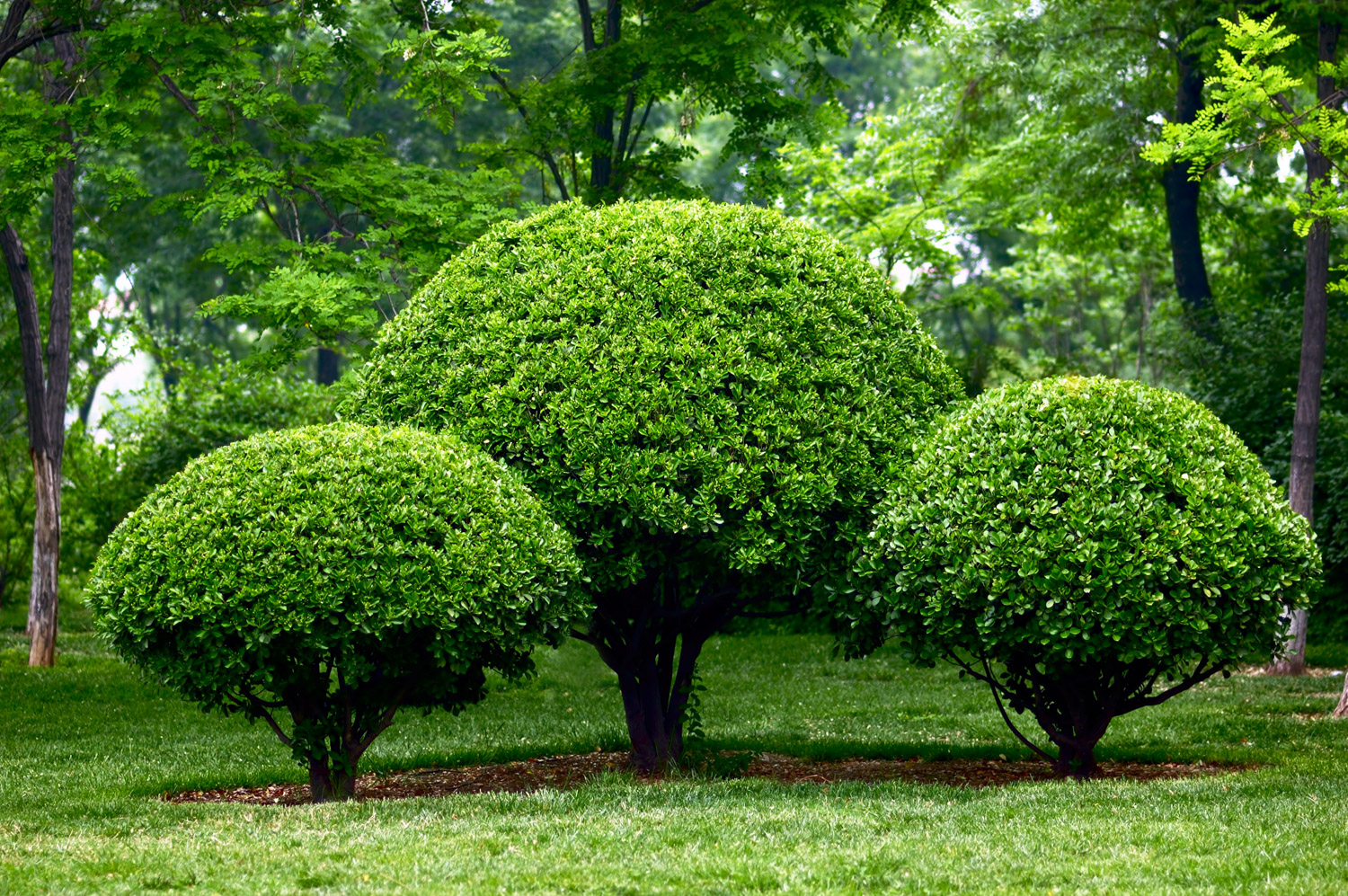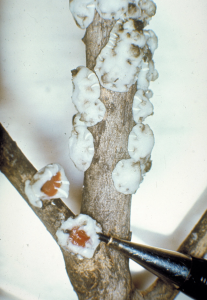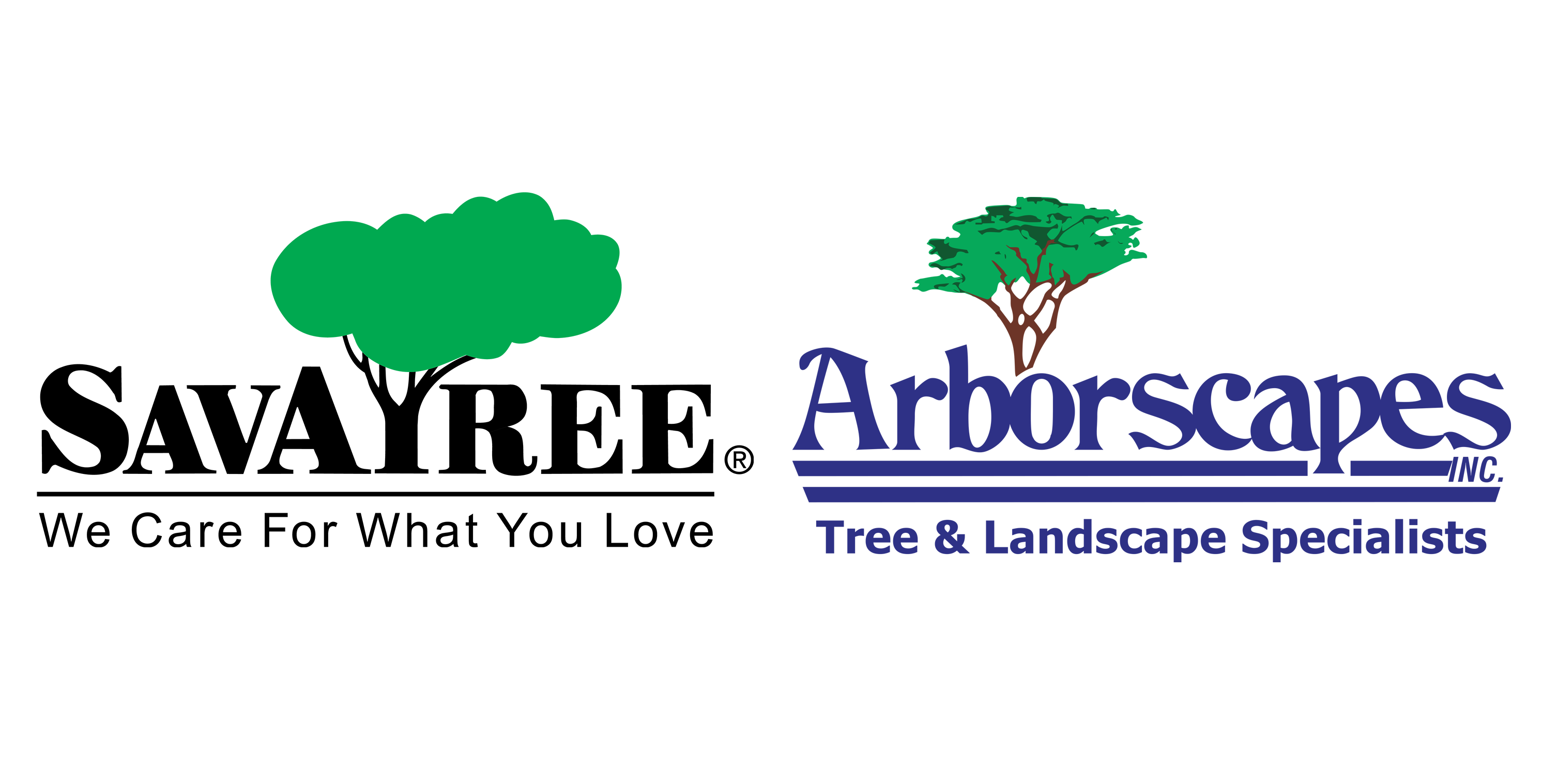
See all posts by this author

Photo courtesy of John A. Weidhass, Virginia Polytechnic Institute and State University, Bugwood.org
Holly scale, a type of armored scale, is a small insect that attaches itself to holly plants and feeds on the plant’s sap. Over time, this can weaken the plant, cause yellowing of leaves, and even lead to premature leaf drop. There are several variations that affect holly plants, azaleas, camellia, and other ornamentals. These are often referred to as “wax scale.”
Of course, prevention and treatment of holly scale is included in a Plant Health Care subscription from Arborscapes. (As are myriad other pests and diseases) If you would like to become a part of our Plant Health Care program, reach out to Arborscapes today! Your living landscape will be the envy of the entire neighborhood!
For our friends who like to DIY their hollies here are recommendations for managing and treating holly scale:
Cultural and Physical Controls:
- Physical Removal: For light infestations, the scale can be scraped off by hand or with a soft brush.
- Prune Infested Branches: If you notice a particular branch heavily infested, it’s sometimes best to prune and remove it.
- Water Sprays: A forceful spray of water can help dislodge some of the scales.
Biological Control:
- Beneficial Insects: There are natural predators of scale insects, such as ladybugs and parasitic wasps. Encouraging these beneficial insects in your garden can help keep scale populations in check. Also, commercially available beneficial insects, such as the predatory beetle Chilocorus spp., can be released to combat scale.
Chemical Control:
- Horticultural Oils: Dormant oil can be applied in late winter before the new growth starts. During the growing season, you can use lighter summer oils or neem oil. These oils work by suffocating the scales. When applying, ensure thorough coverage of the plant.
- Insecticidal Soaps: These can be effective against the crawler stage of the scale. The soap must come into direct contact with the scale to be effective.
- Systemic Insecticides: Products containing ingredients like imidacloprid can be applied as a soil drench. The plant takes up the insecticide, which then targets the scales when they feed. However, be aware of the potential impact on pollinators when using systemic insecticides.
- Contact Insecticides: Traditional insecticides can be effective when applied during the crawler stage of the scale. Look for products containing acephate or malathion.
Sanitation:
- Clean Up: Regularly clean up and remove leaf litter or fallen debris around the holly plants. This not only removes potential hiding spots but also eliminates overwintering sites.
- Infested Plant Material: Always dispose of infested plant material away from healthy plants. This will help prevent the spread of the infestation.
Monitoring:
- Regular Checks: Regularly inspect your holly plants, especially during the growing season, to catch any scale infestations early on.
- Crawler Activity: If you’re planning to use chemical treatments, try to time your applications when the young scale (crawlers) are active, as this is when they are most vulnerable.
Maintaining overall plant health is vital. Stressed plants are more susceptible to pests and diseases. Ensure your holly plants receive adequate water and nutrients, and always follow label directions when applying any insecticides. Consider the potential impacts on beneficial insects and pollinators before treating.
And if all of this sounds like too much work, contact Arborscapes to subscribe to our Plant Health Care program, and we will take care of this, other pests, fertilization and health concerns for your living landscape!
See all posts by this author
